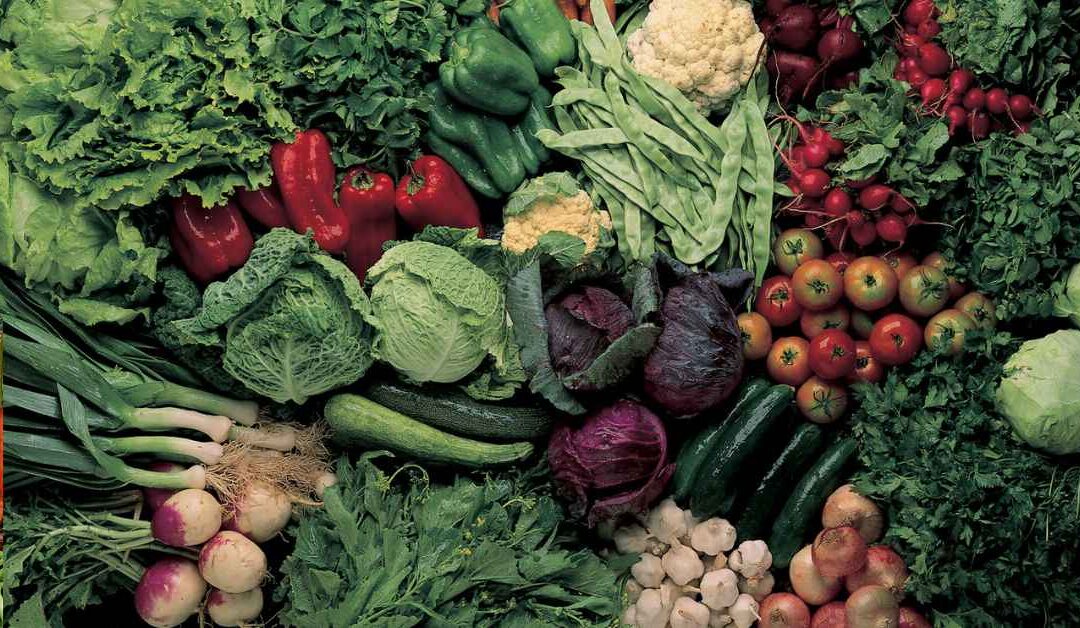Cruciferous Vegetables
Kale, Broccoli, Cauliflower, Brussel sprouts, Bok Choy they all have something in common, they fall under a diverse group named cruciferous vegetables. Many people have heard about this group of vegetables but what makes this group so special? Let’s, try to unpack this. At the end of this blog, I will share a little health hack that you can apply when you are planning on eating crucified veggies.
Cruciferous vegetables have grown in popularity over the years and for good reasons as we will find out. Cruciferous comes from the Latin word cruciferae (crucified in English) because their four-petaled flowers look like a crucifer, or cross. It is a classification of plants coming from the mustard family.
Crucified vegetables are full of:
- Vitamin C
- Potassium
- Vitamin B9
- Soluble & insoluble fibre
- Phytochemicals
- Sulforaphane
Cruciferous veggies are rich in fibre and low in calories; they leave you feeling full without over eating. Multiple studies have shown that consuming a diet that is rich in cruciferous vegetables can lower the prevalence rate of multiple cancers including: lung, colon, prostate and breast cancer. One serving a day (60grams) of this group of vegetables can greatly contribute to your health.
Another benefit of these vegetables is that they are delicious! There are many ways to combine these veggies in healthy, nutritious and tasty meals. They are perfect in salads, stir-fries, great for roasting, putting in a smoothie, or simply boiling them. Check out some recipes that we developed with cruciferous veggies here.
Health hack
The health hack I am sharing with you is a very simple one. It will help you to improve the levels of sulforaphane in your cruciferous vegetables. So, what is sulforaphane? Sulforaphane is a natural plant compound found in many cruciferous vegetables. It has been linked to benefits such as improved digestion, heart and brain health.
However, in order for the vegetable to release sulforaphane, it needs to be damaged such as through cutting, slicing or tearing the vegetable before it is consumed. You will achieve the best results if you cut up the vegetable and leave it for 40 minutes before you start to cook with it. This gives the plant enough time to release all of the sulforaphane. If you would like to read more in-depth information about this phenomenon based on scientific evidence, I recommend you read this article by Dr Greger where he explains the “hack and hold technique”.
I hope this blog has helped you to understand some of the benefits of crucified vegetables and how they can improve your health.
Let me know if you have any questions.
With love,
Jimmy

